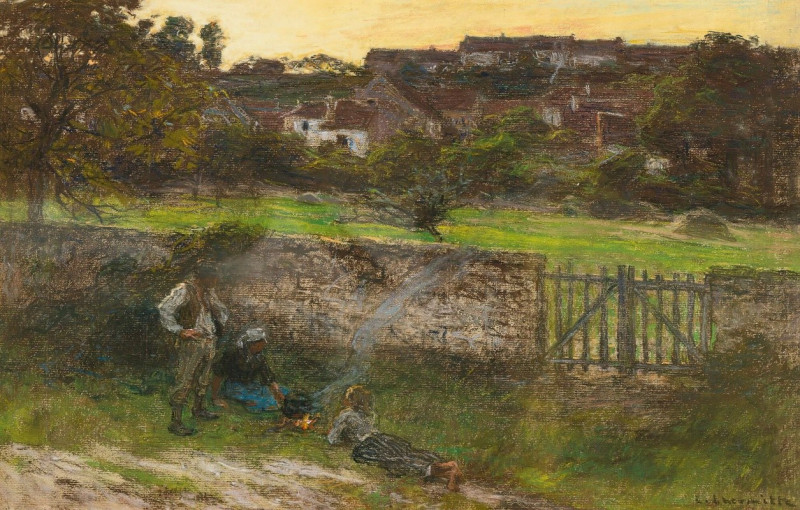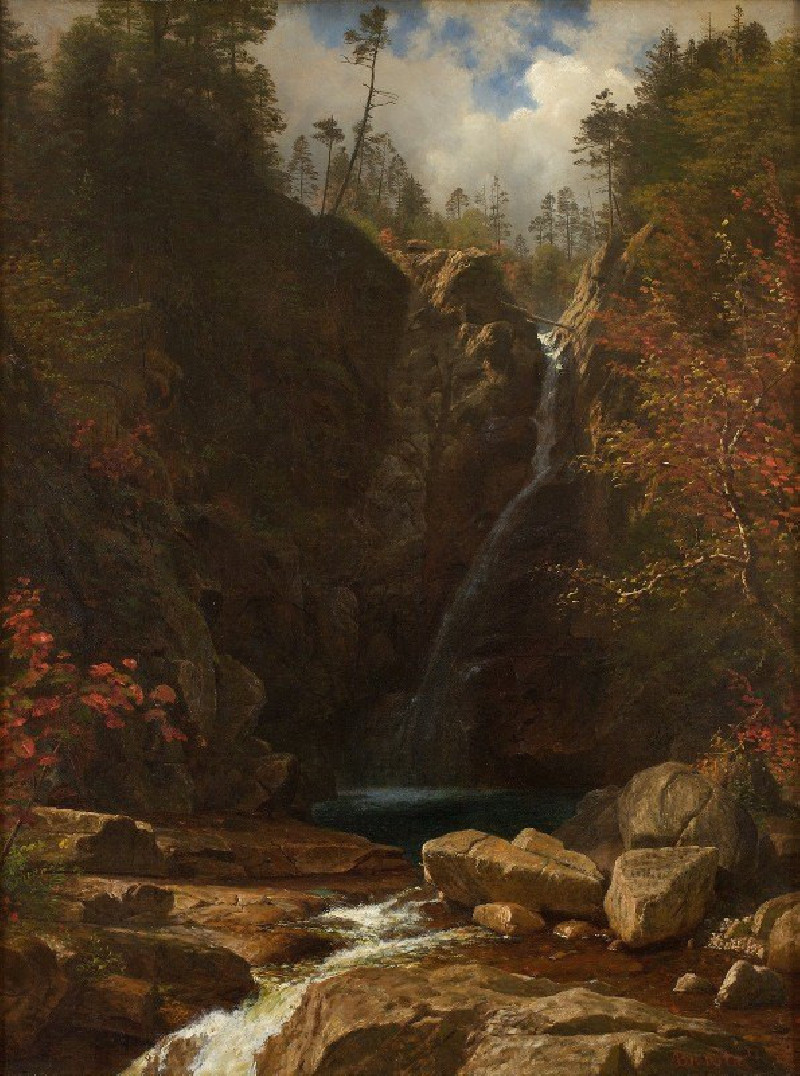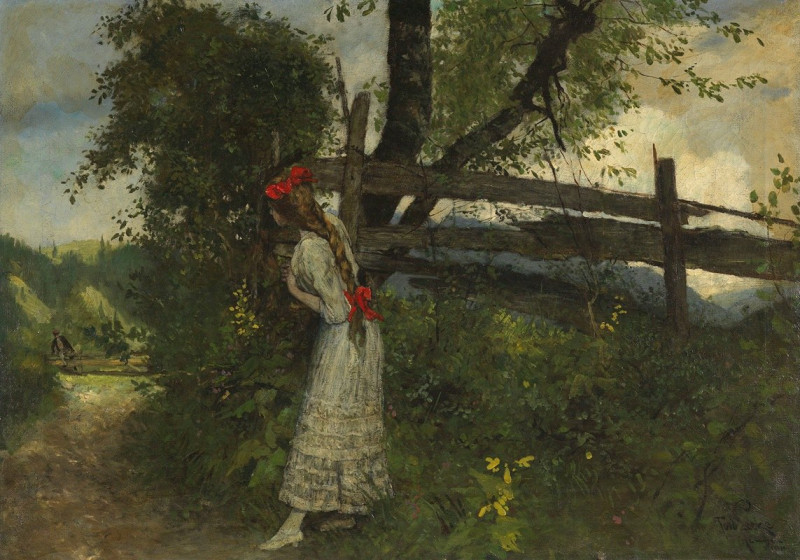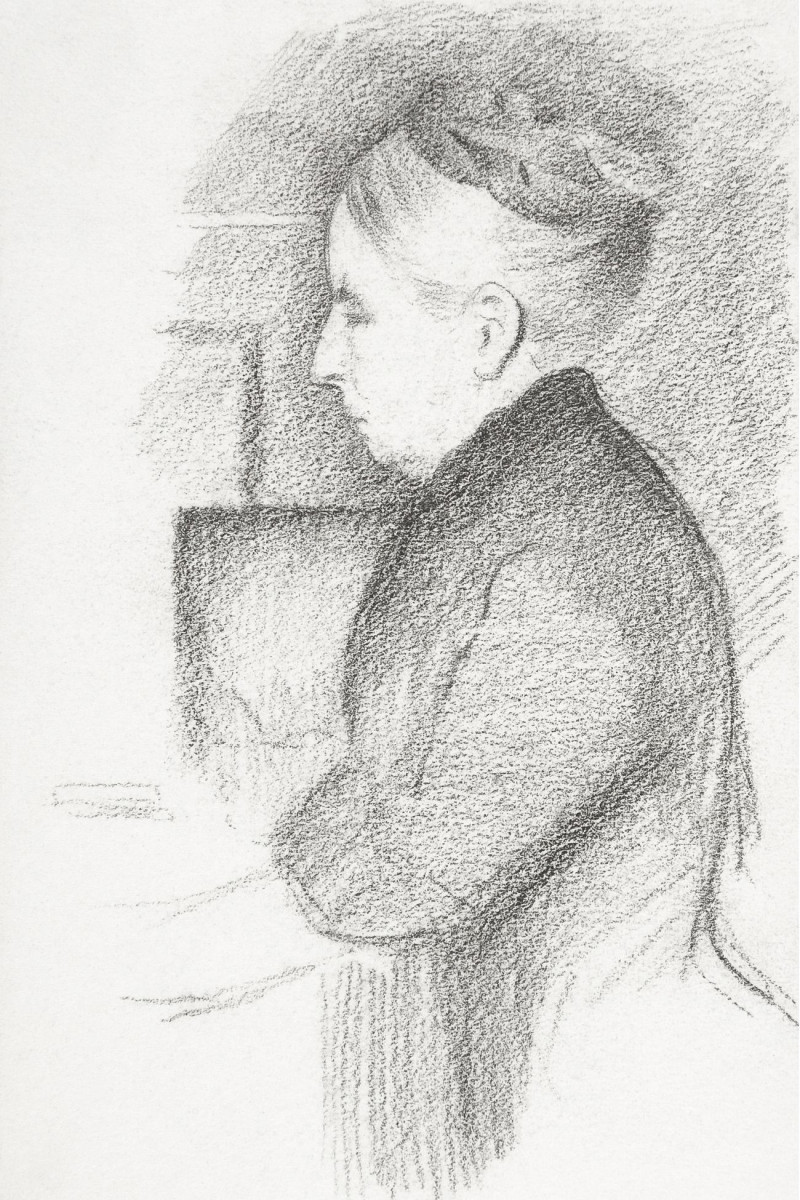Painting No. 8 (1912-13)
Technique: Giclée quality print
Recommended by our customers
More about this artwork
"Painting No. 8" by Marsden Hartley, created during 1912-13, is a fascinating showcase of the artist’s early experimentation with abstraction. This artwork delves deep into the synthesis of form and symbolism, a technique that Hartley mastered throughout his career. The painting features a dynamic composition with bold, sweeping lines and abstract shapes. Dominating the canvas are what appear to be highly stylized motifs: a large circular form, possibly representing the sun, is intersected by a cross, suggesting a confluence of natural and spiritual themes.The use of monochromatic tones, interspersed with darker shades, lends an ethereal quality to the painting, emphasizing its departure from representational art and engaging the viewer’s imagination in interpreting these universal symbols. “Painting No.
Delivery
Returns
Marsden Hartley (1877–1943) is a Maine native and a leading American Modernist painter, along with his contemporaries, Arthur Dove and Georgia O’Keeffe. He is well-known for employing geometric abstraction as well as bold colors and lines. His paintings depicted imagery of nature, landscapes, figures, and still-life. Sponsored by Alfred Stieglitz, Hartley went to Europe in 1912, spending most of his time in Germany, where he met Gertrude Stein, Wassily Kandinsky, and Franz Marc. After returning to America in 1930, he reconnected with the New England of his childhood and started to portray the landscapes of New England in his paintings.

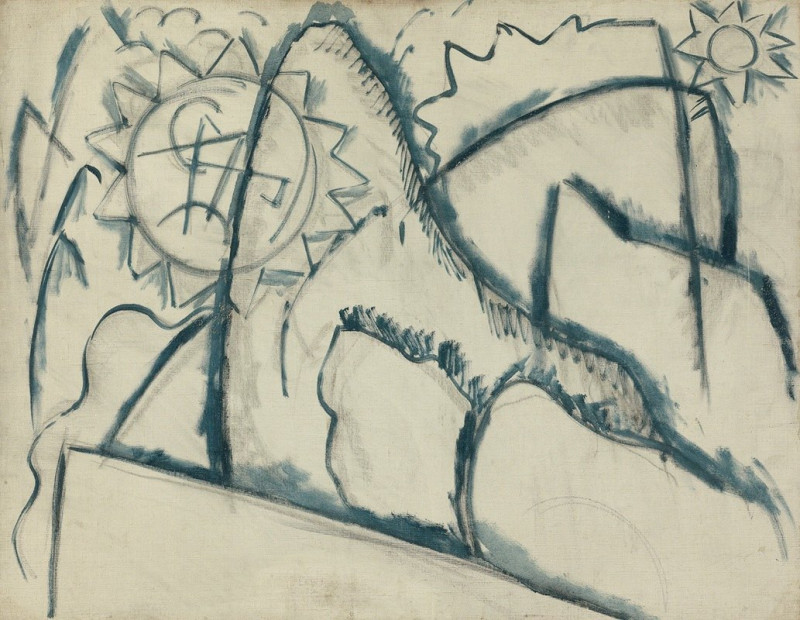
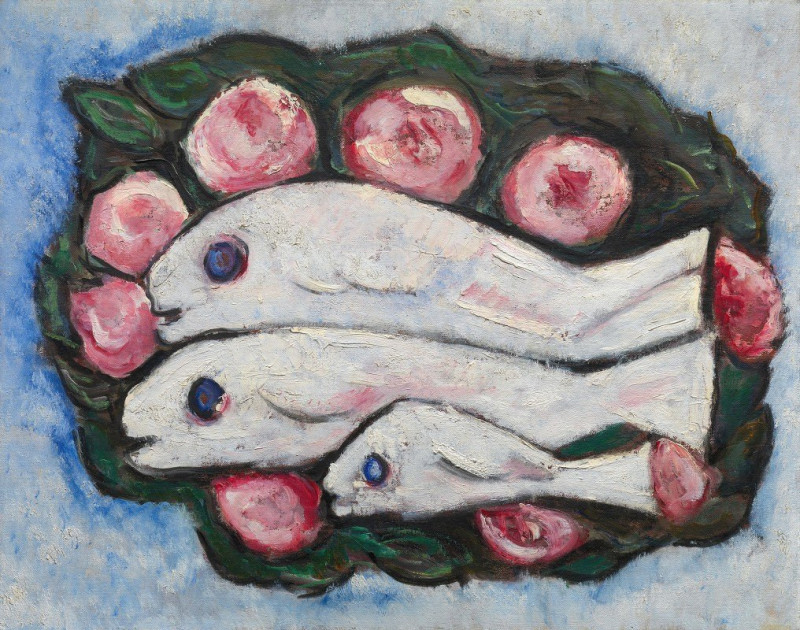

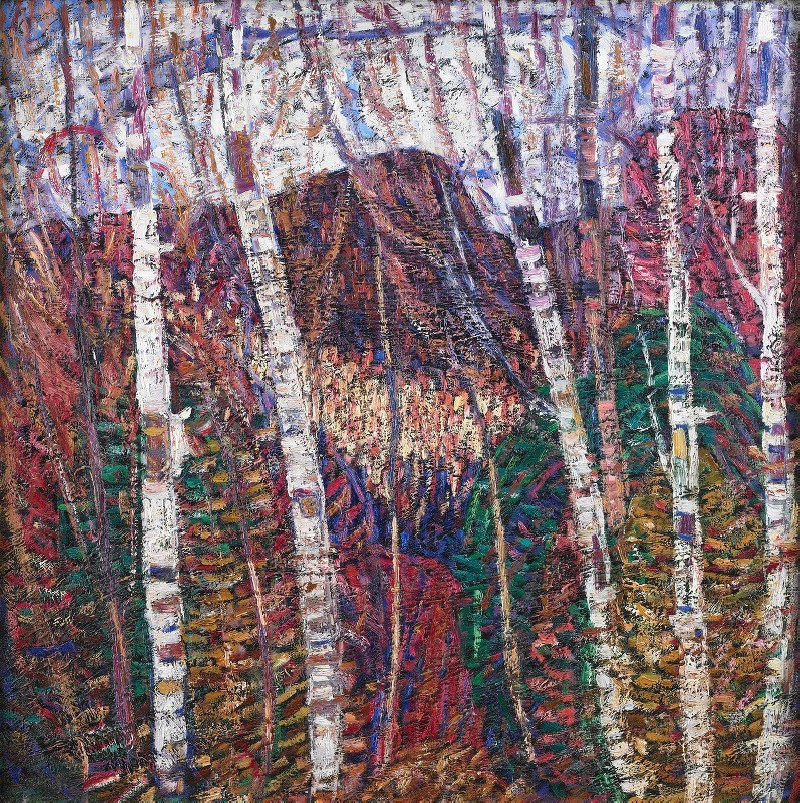
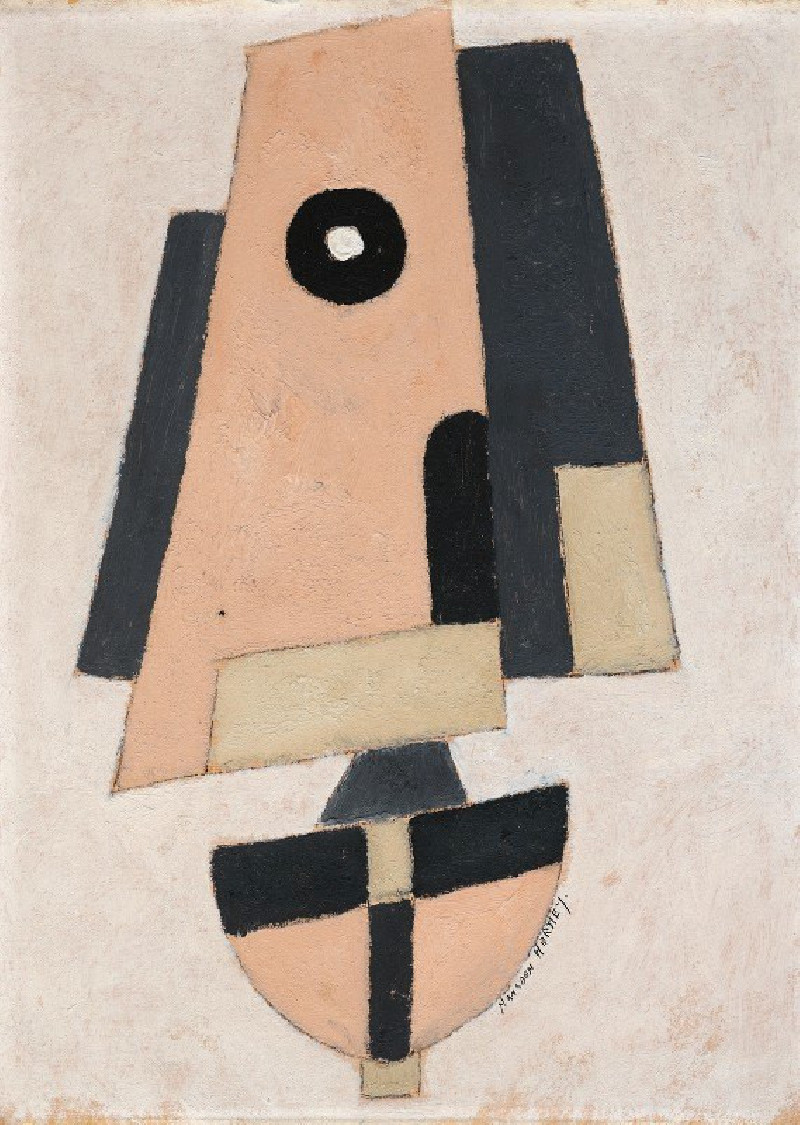
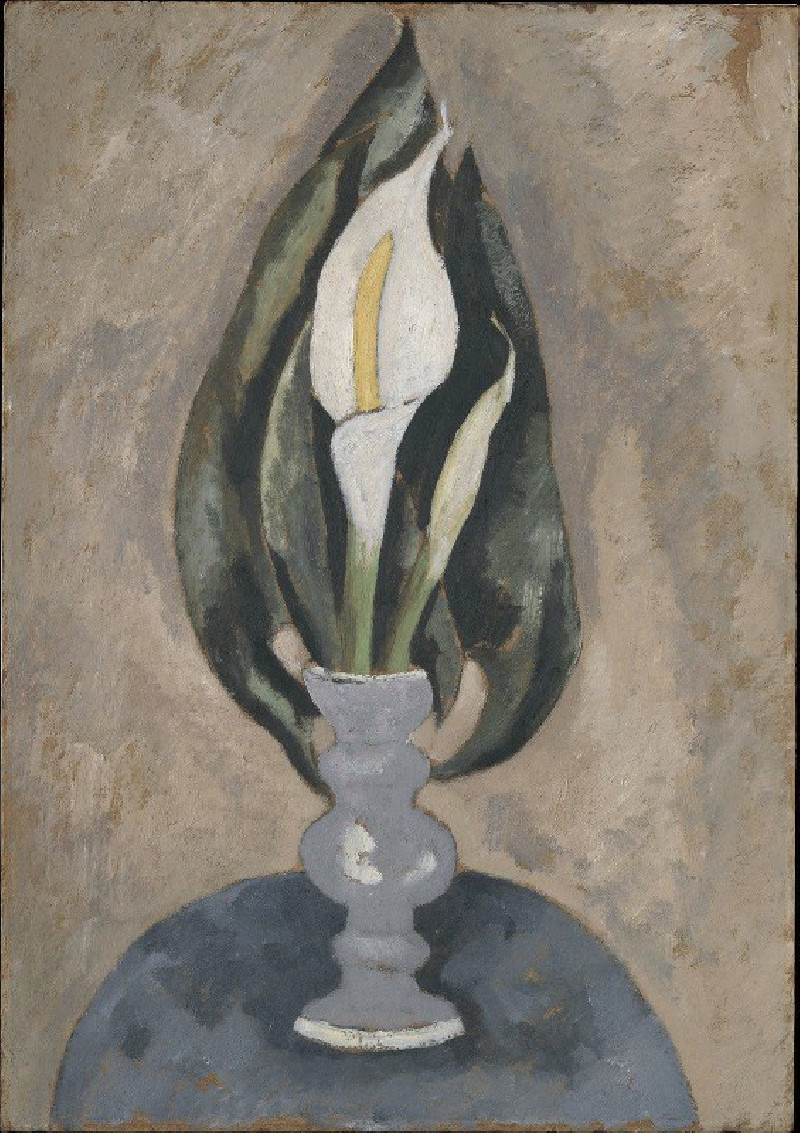

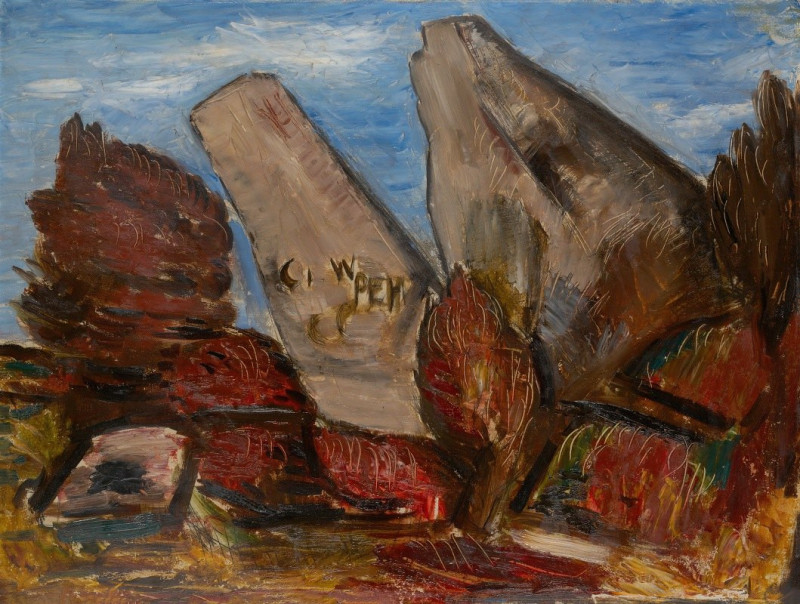
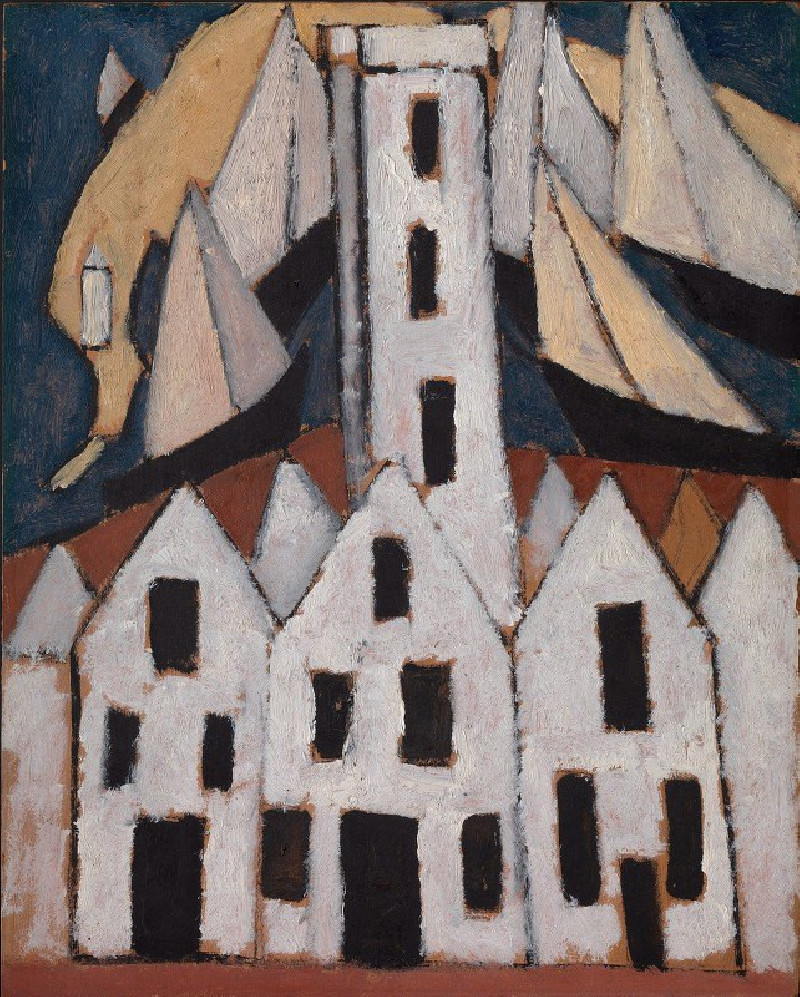
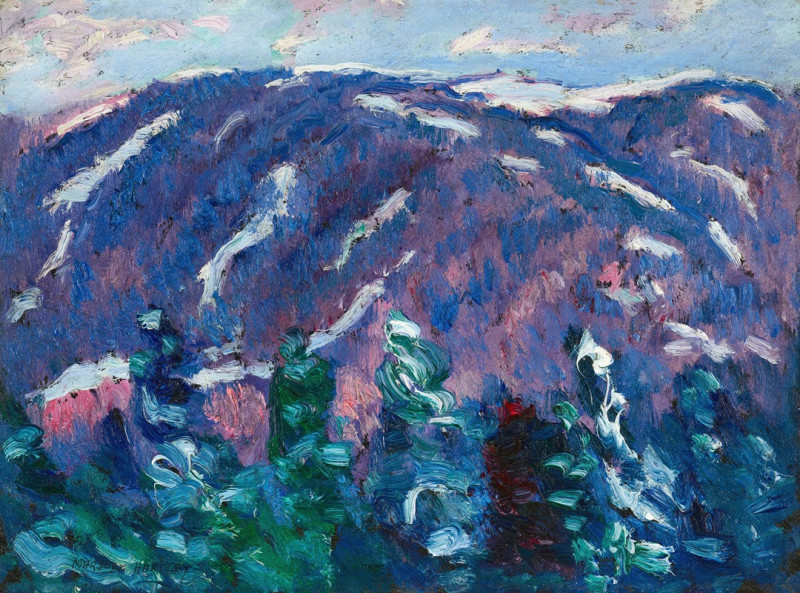
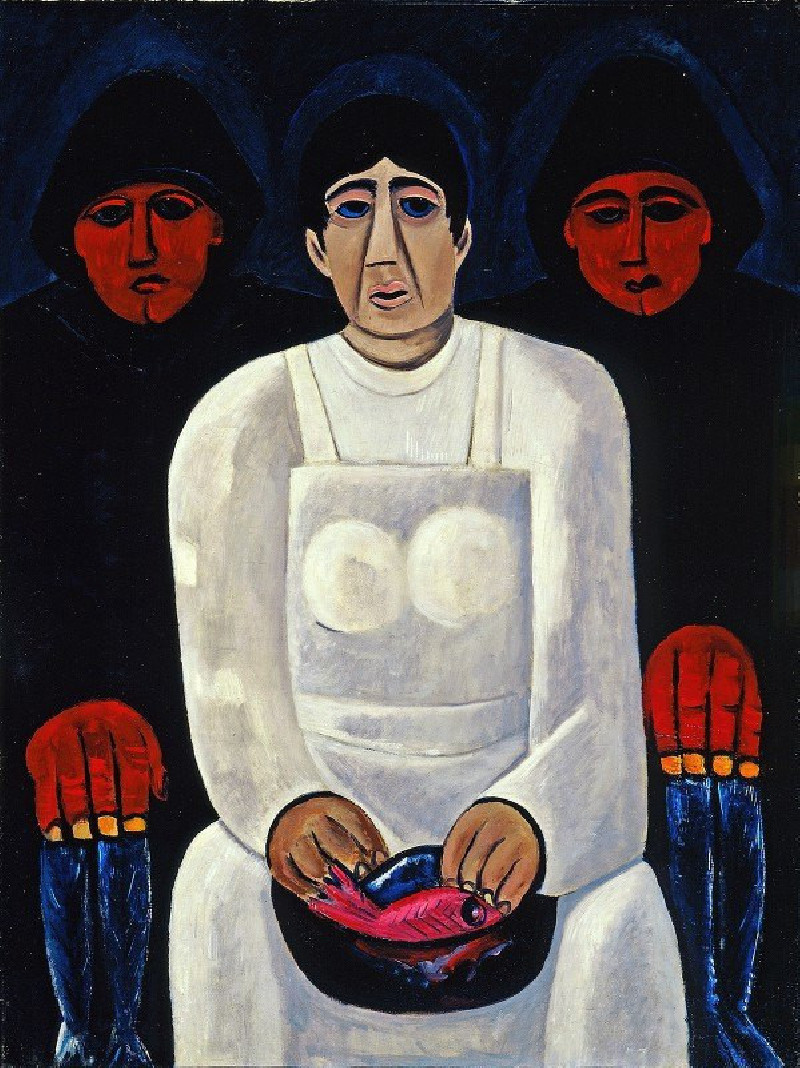

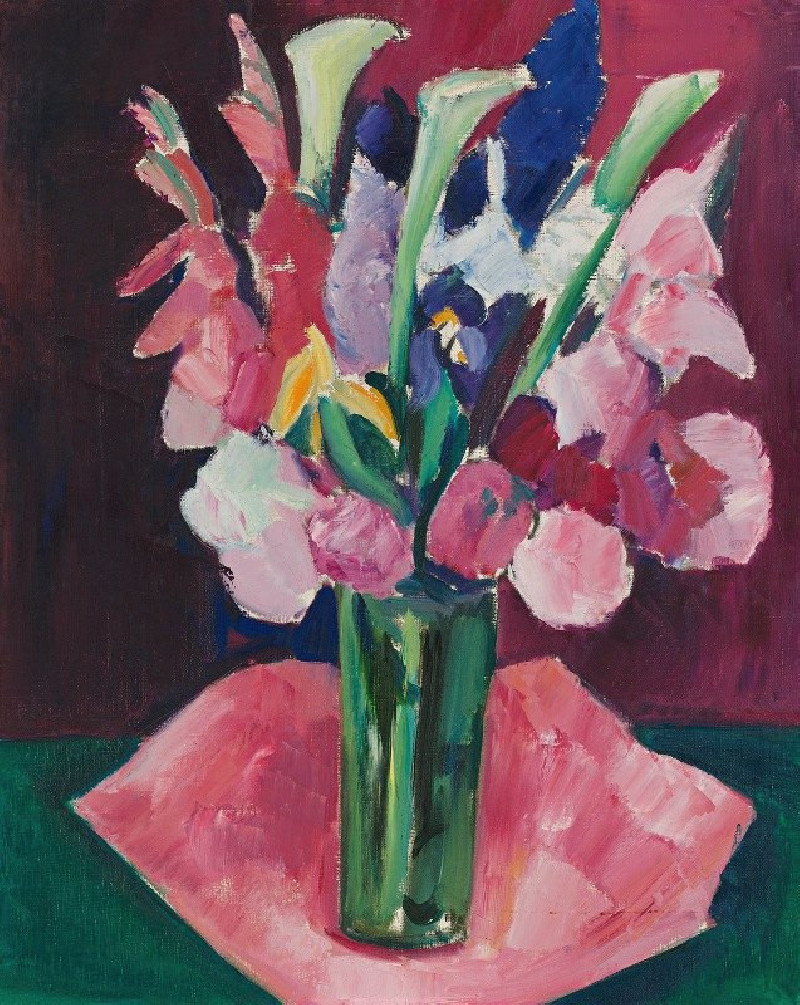
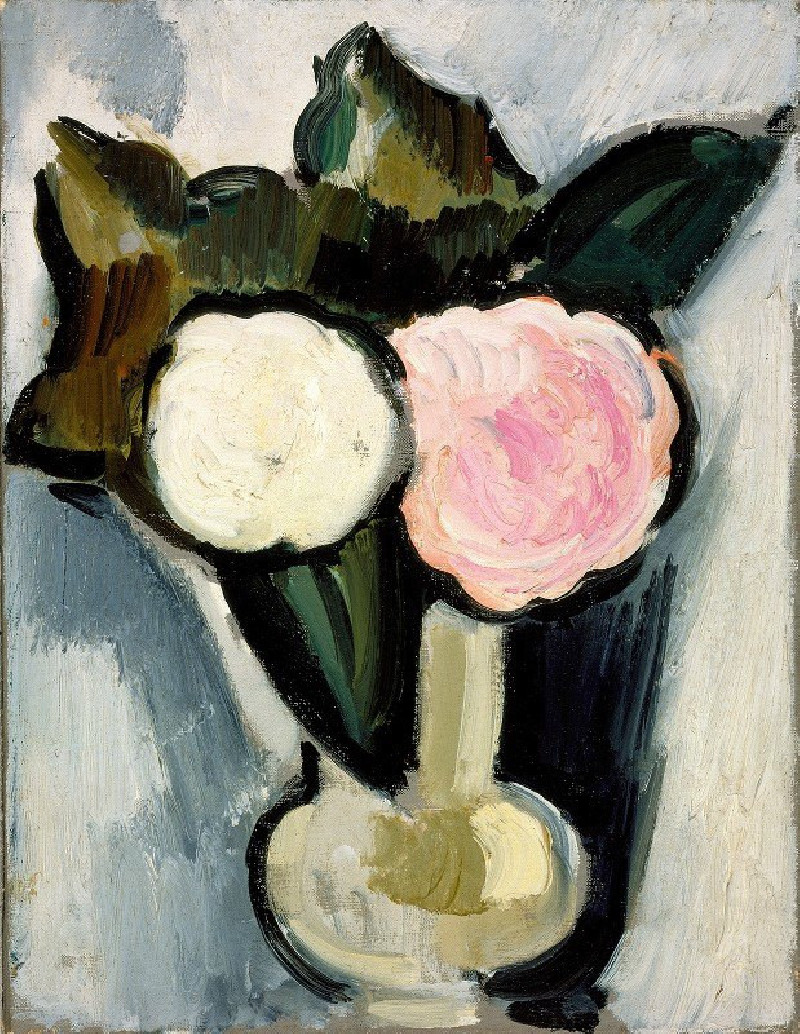

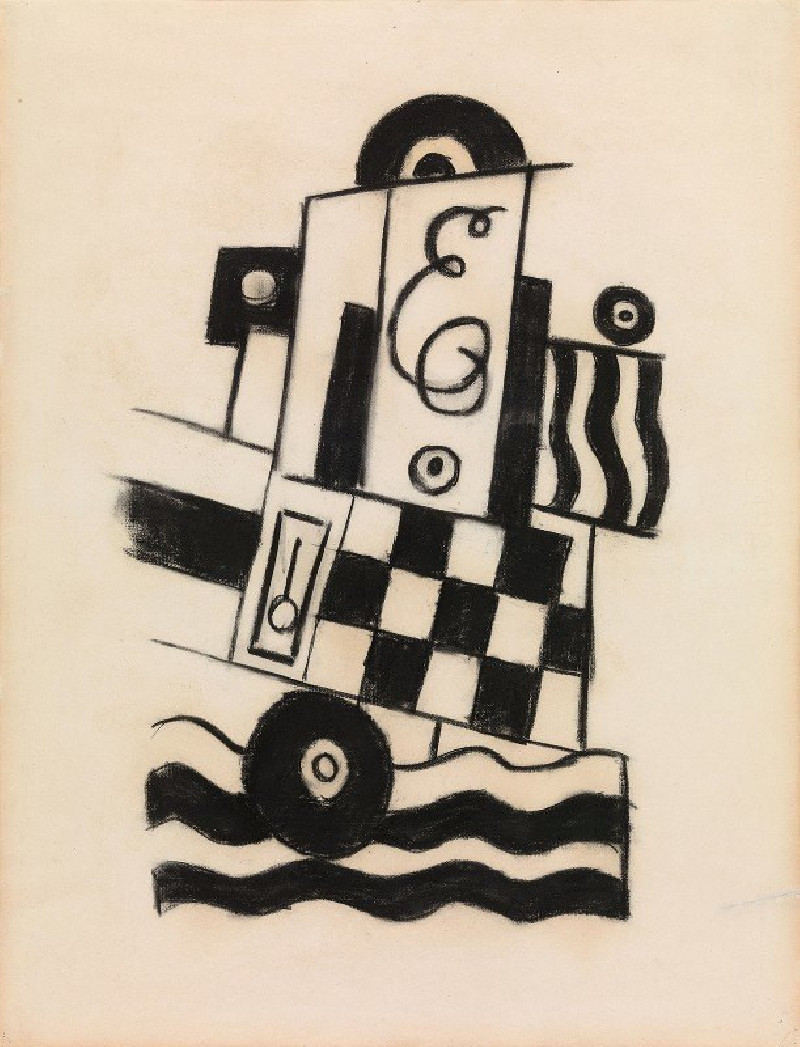
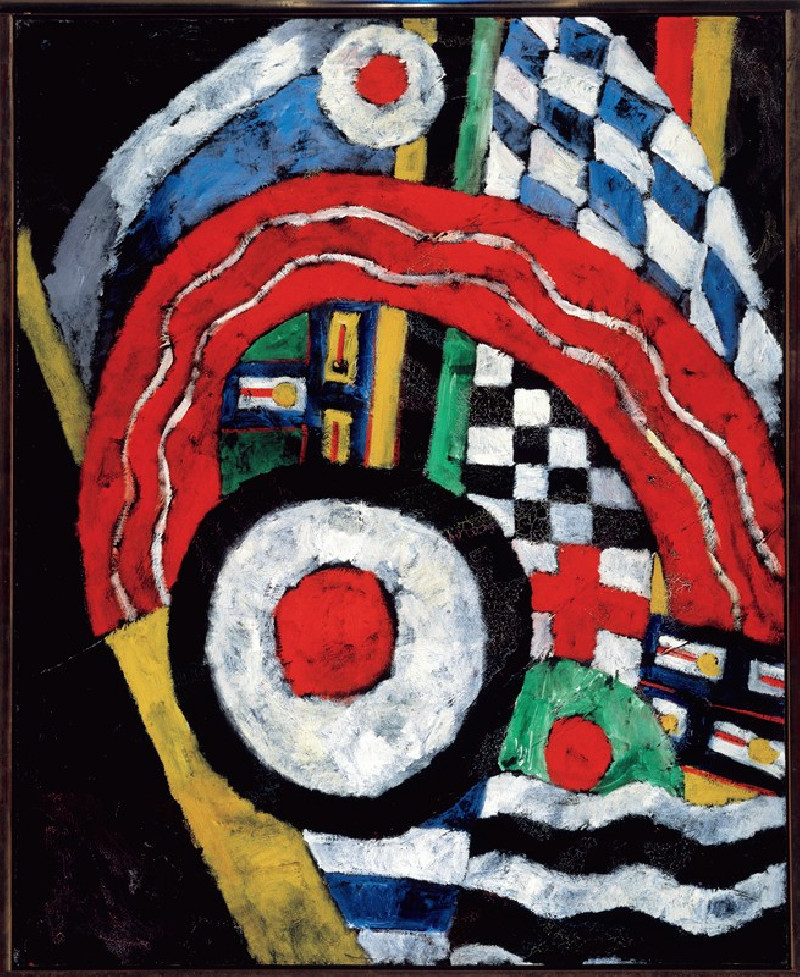
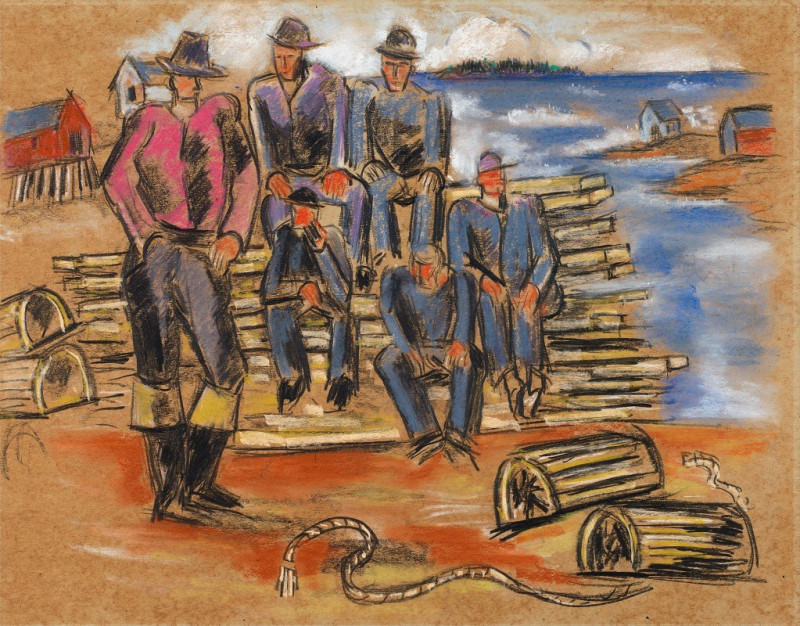
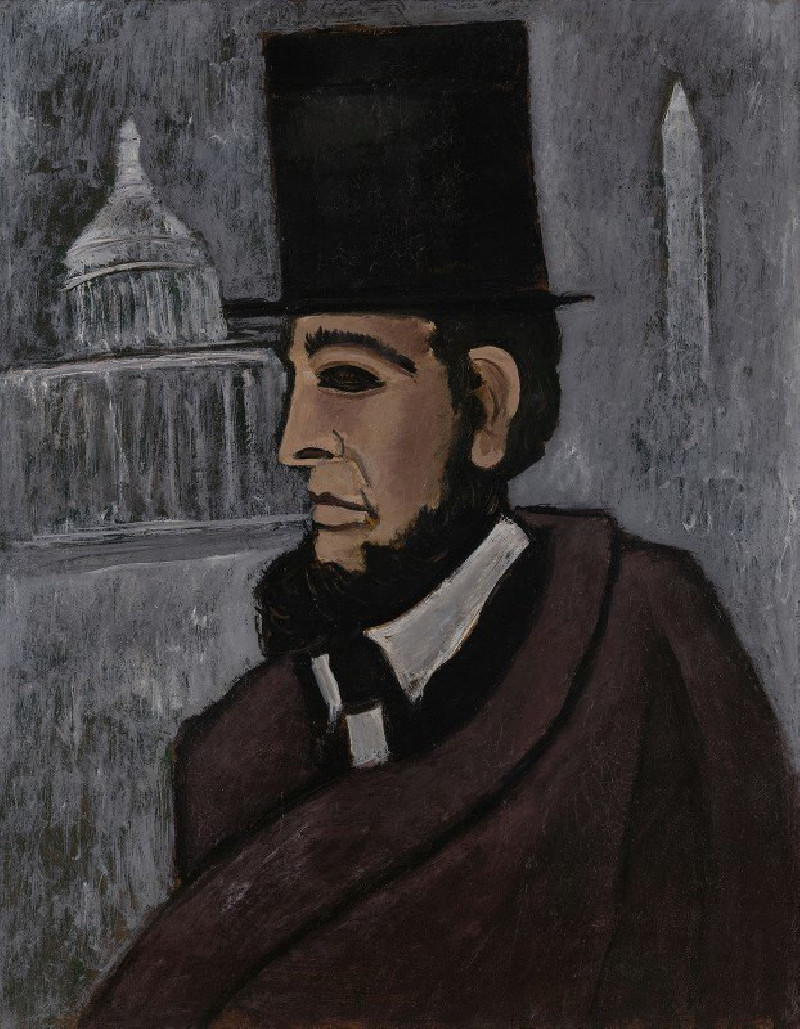


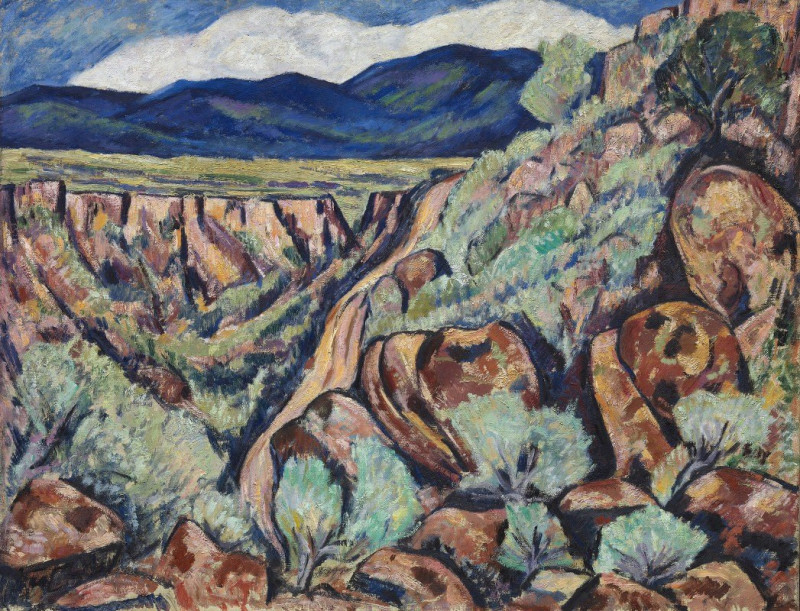
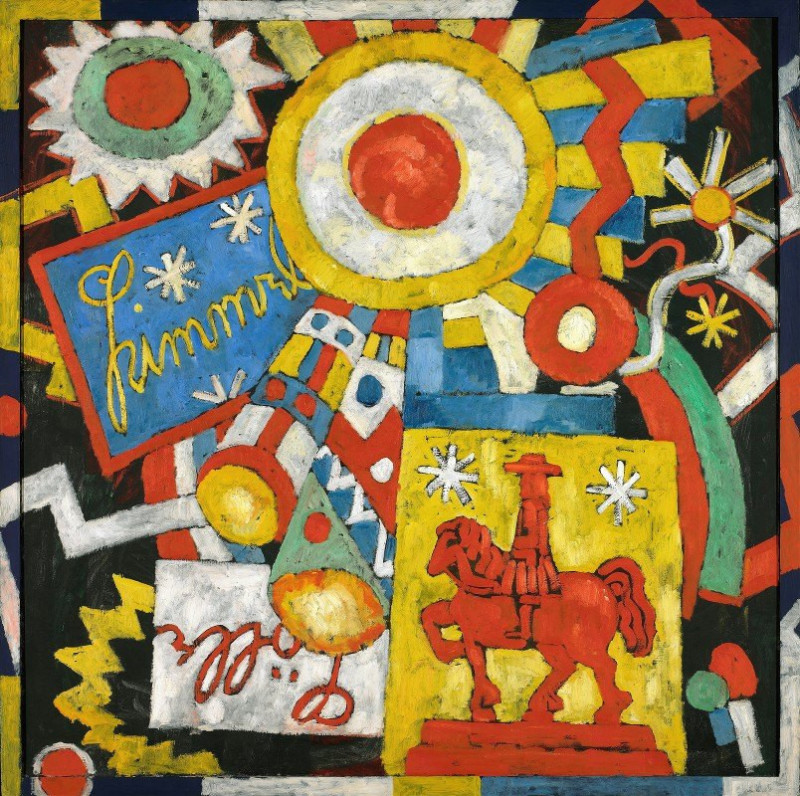

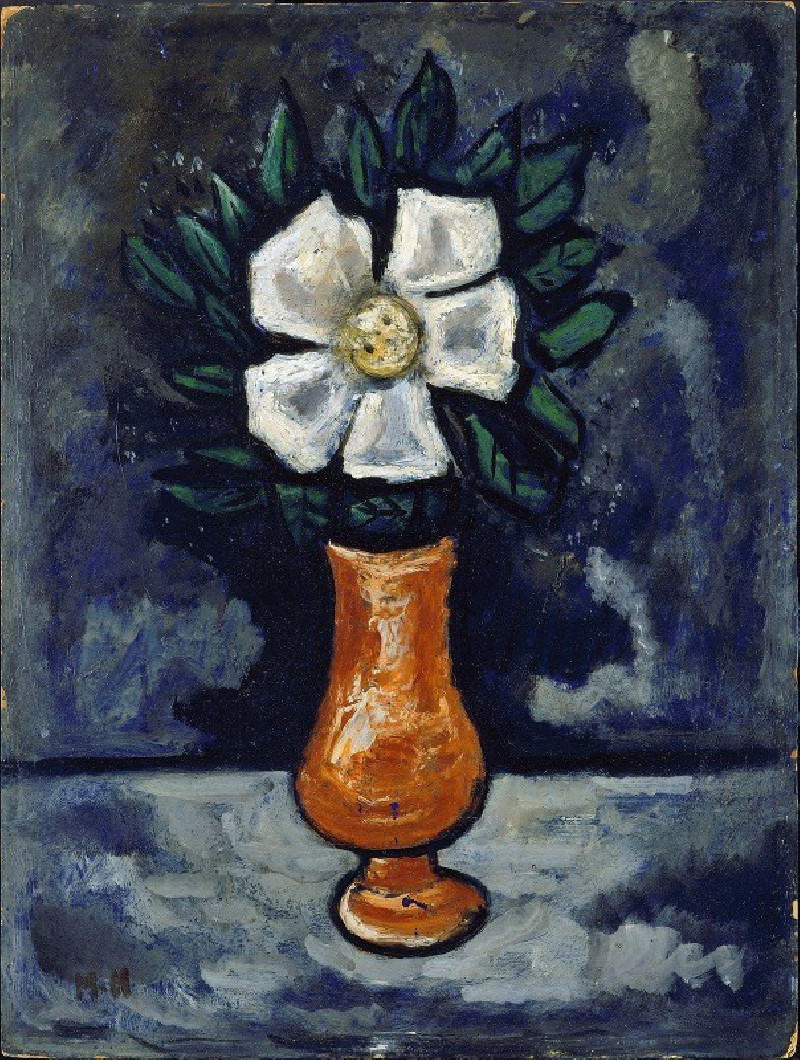
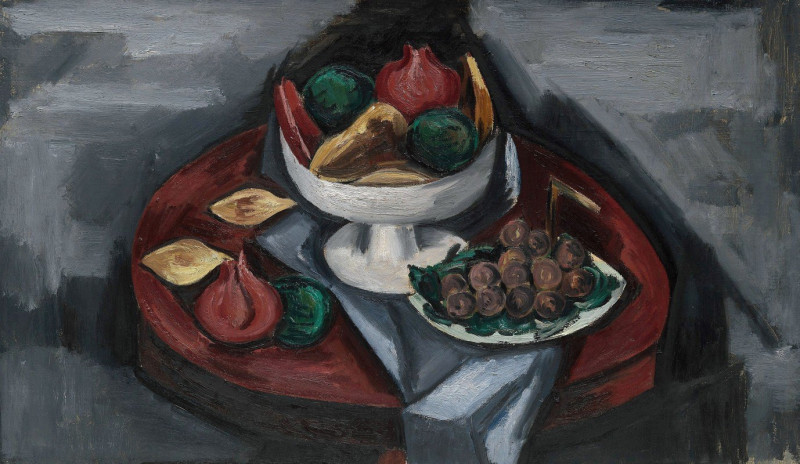
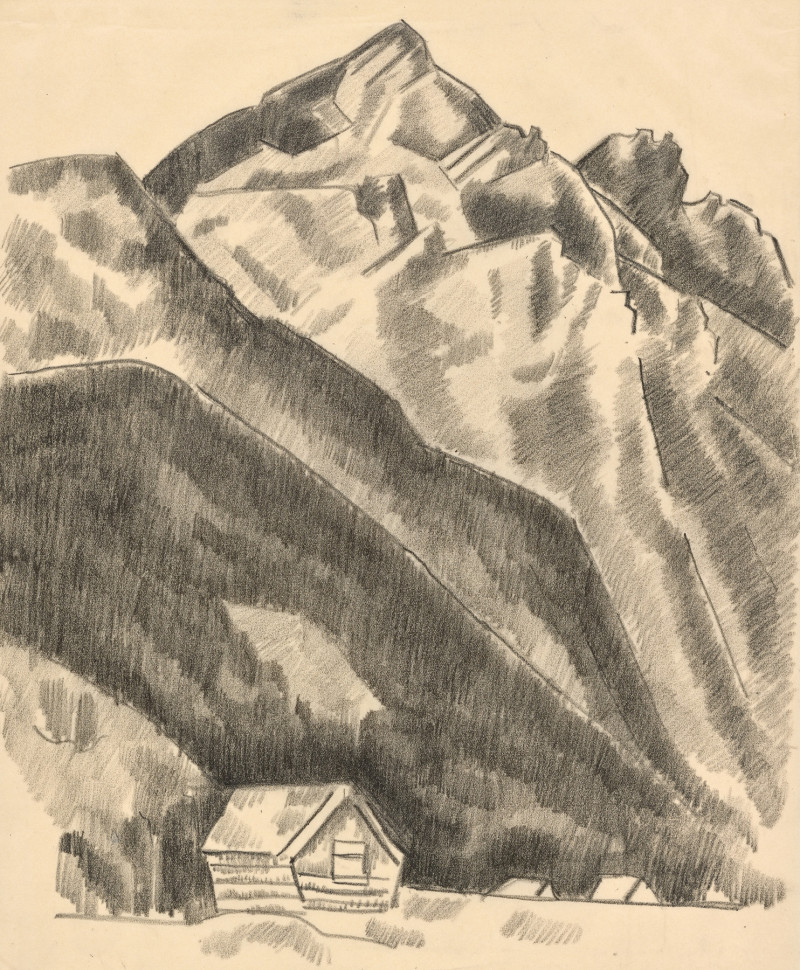
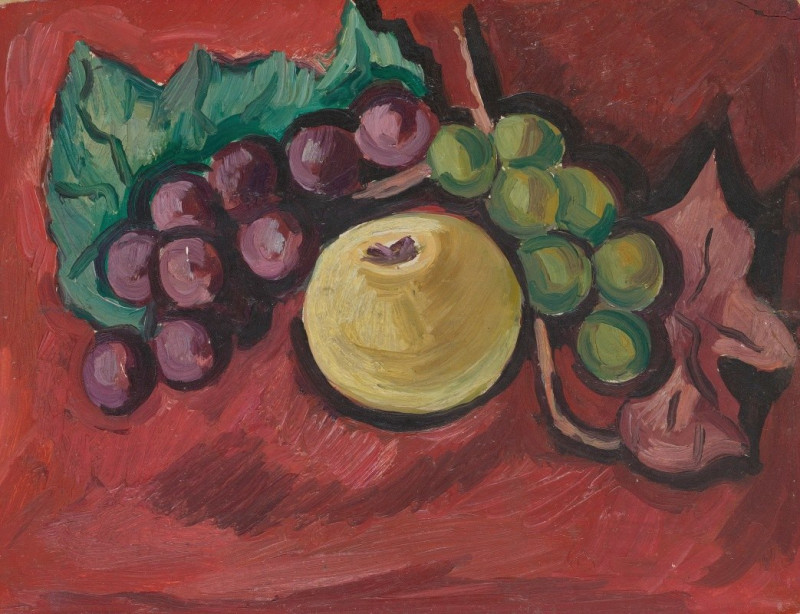
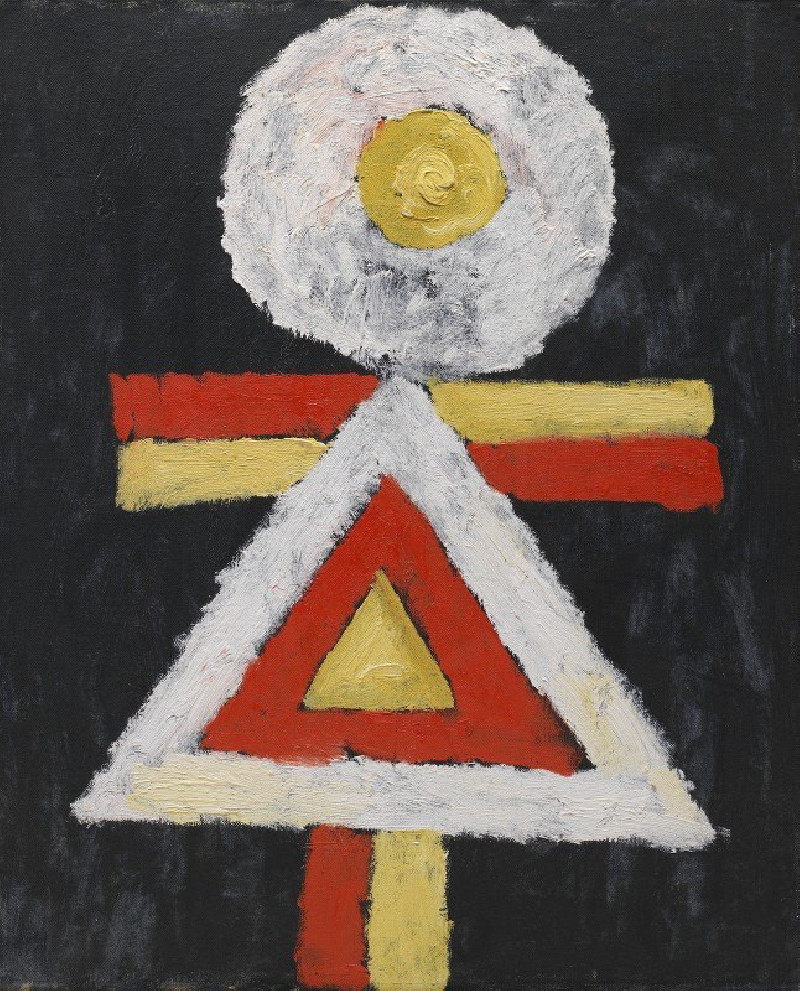
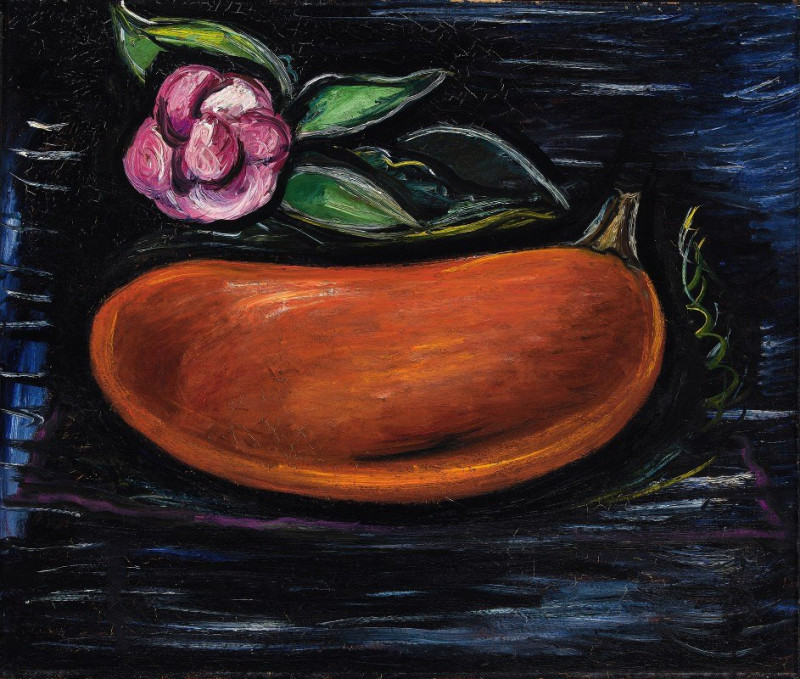
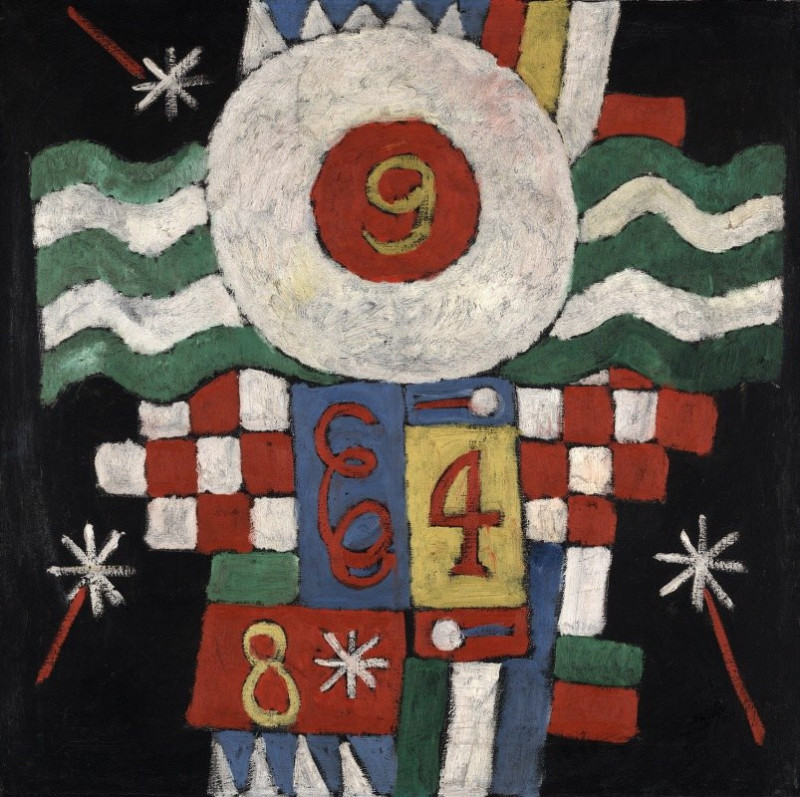
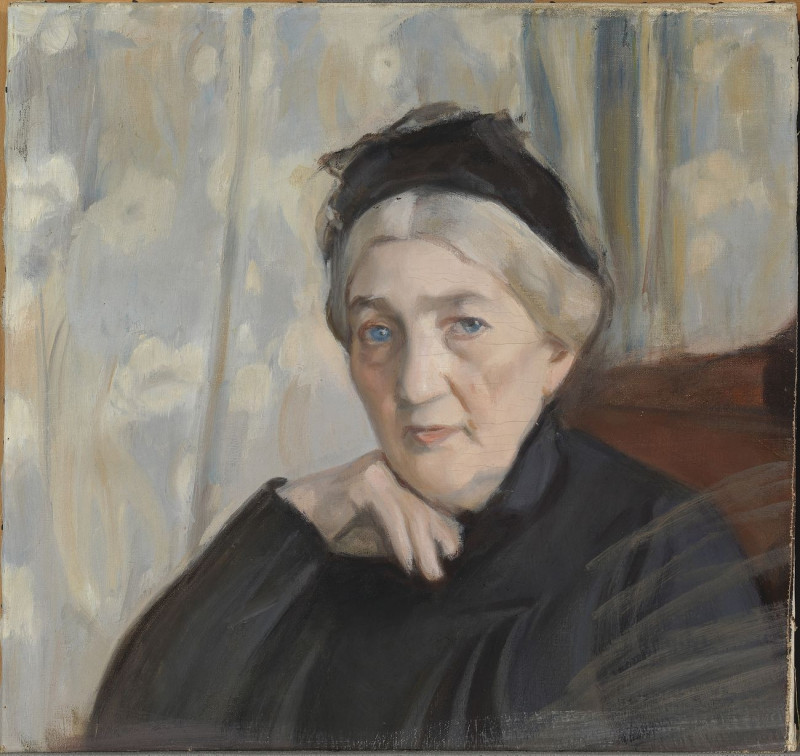
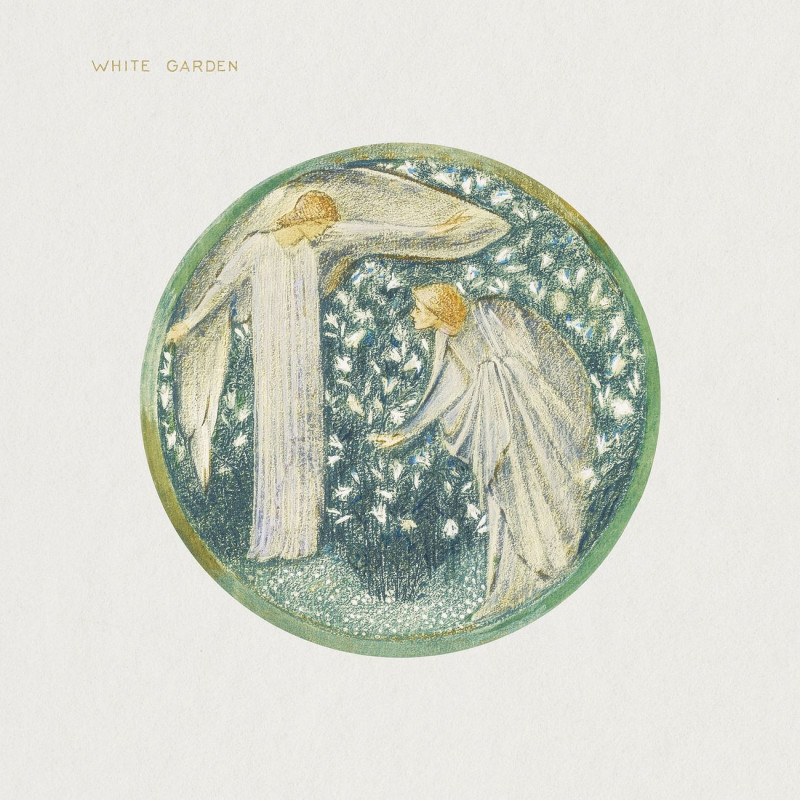
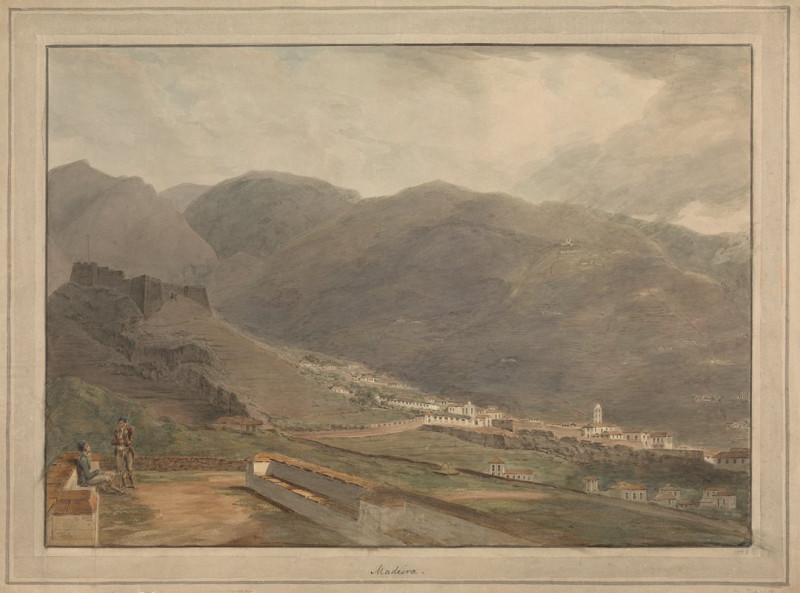
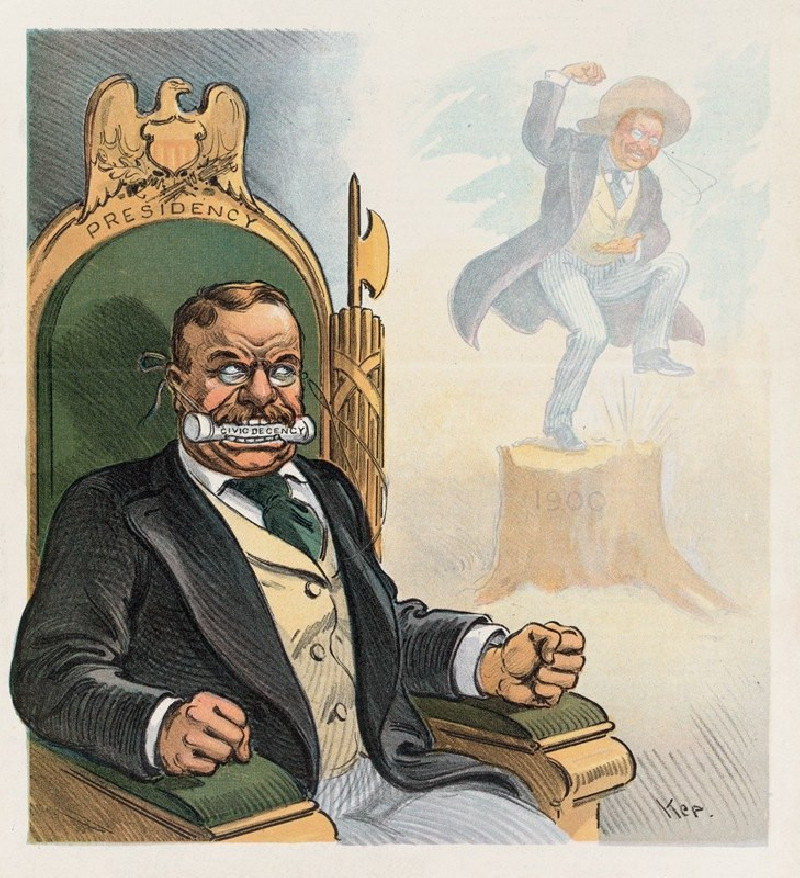
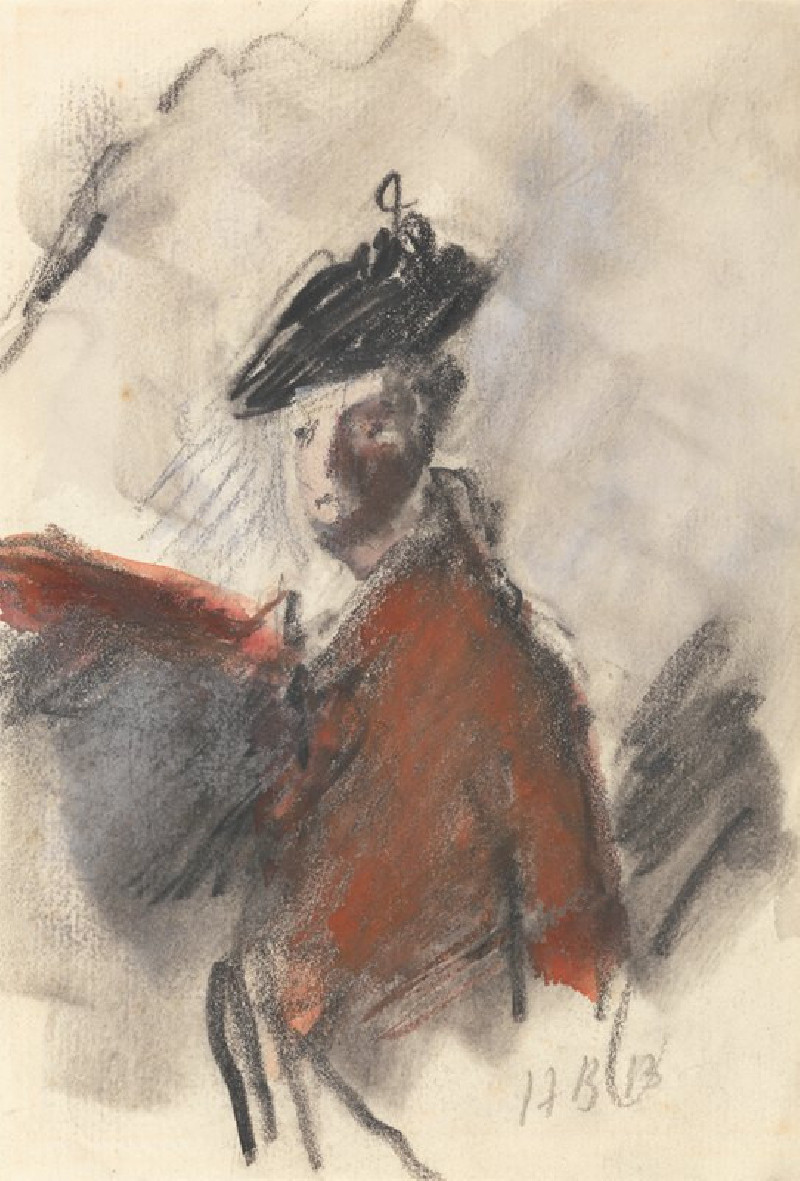
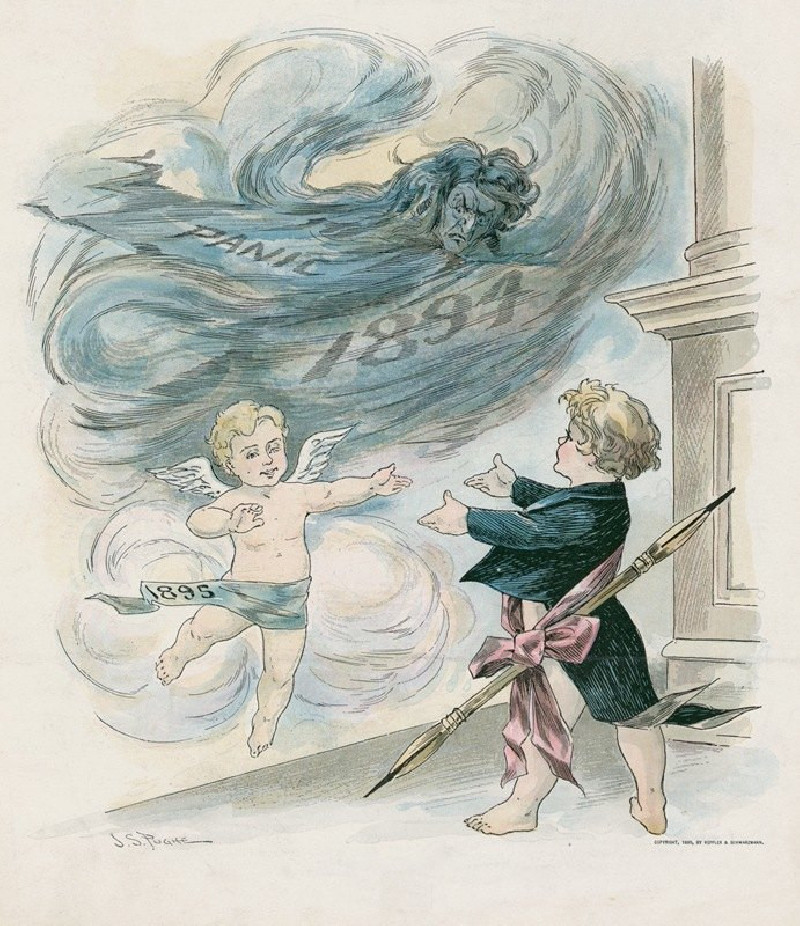
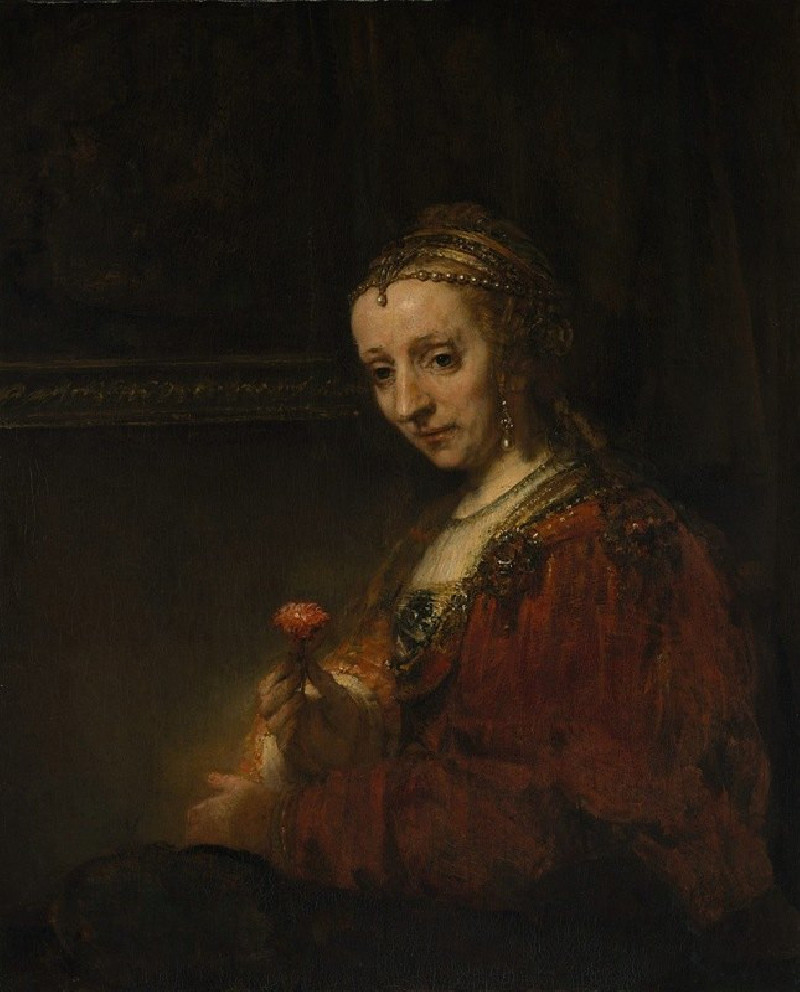
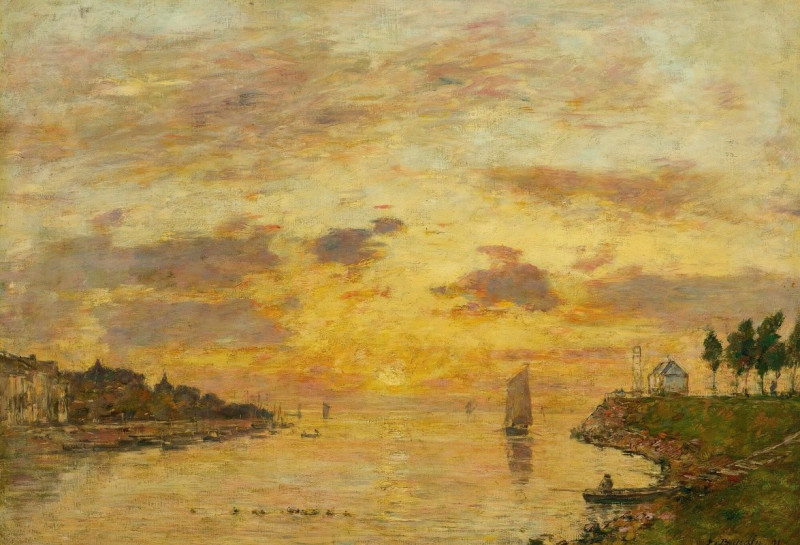
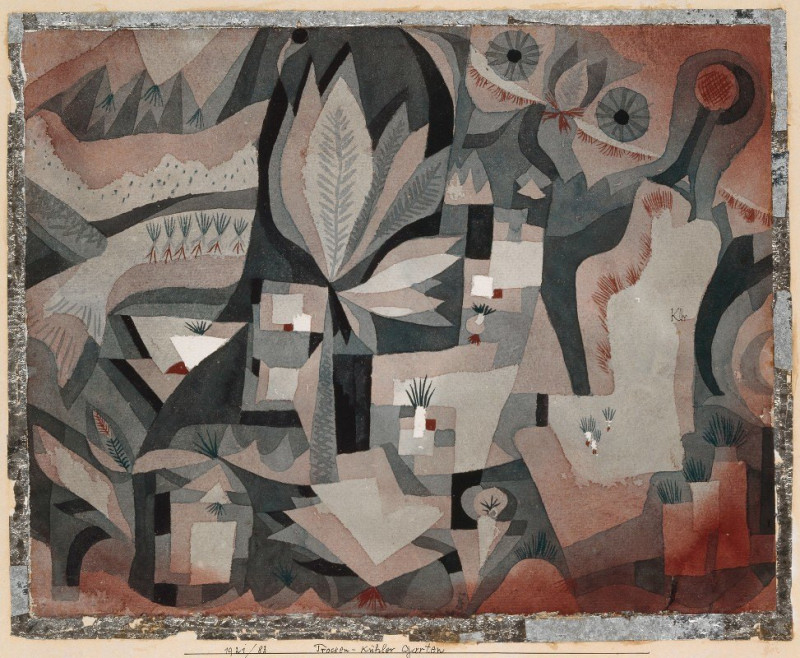
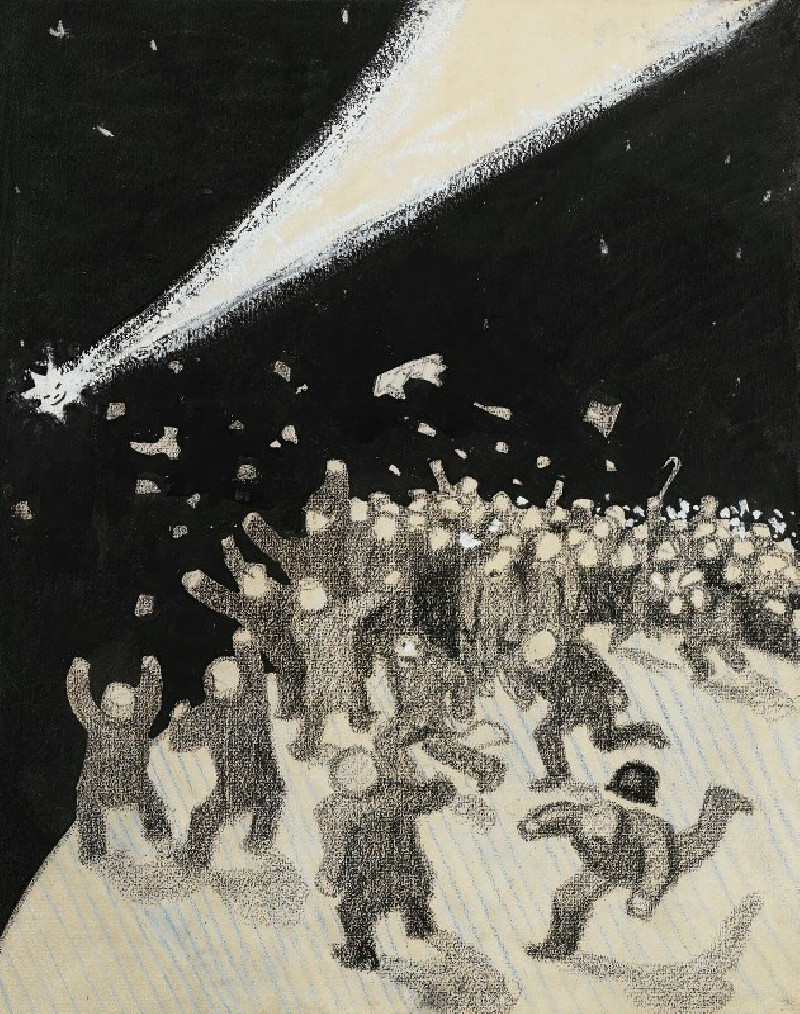
![It Is Amazing-And We Were Made by God [Furious Folly] (Hizonos Dios y Maravillamos Nos [Disparate Furioso]) (ca. 1813-1820) r...](https://reprodukcijos.lt/37207-large_default/reproduction-of-it-is-amazing-and-we-were-made-by-god-furious-folly-hizonos-dios-y-maravillamos-nos-disparate-furioso-ca-1813-18.jpg)
